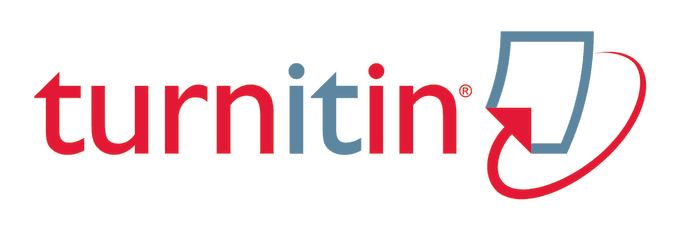Strategy of the Majalengka Regency Tourism and Culture Office in Promoting Paragliding Tourism Destinations
DOI:
https://doi.org/10.37535/103002220215Abstract
This research is backgrounded by the huge potential of tourism sector in Majalengka but in fact it cannot be maximized by the government. One of the most popular tourist destinations this time is Paragliding. Although the promotion has been carried out by the local government through tourism and cultural office of majalengka, even it has been covered by national TV stations, but still the visit to paragliding is only dominated by local tourists. This is a problem because paragliding tourist destination is like march in place even though the promotions have been made. This study explored using marketing communication theory that focuses on 5 dimensions of the promotion mix, namely: advertising, direct marketing, personal selling, sales promotion, and public relations. In addition, the concept of promotion strategy that divides into two types, namely: push strategy and pull strategy is used to determine the promotion strategy applied by the tourism and culture office of Majalengka. The concept of tourist destinations that focuses on 5 variables: attraction, accessibility, amenities, ancillary services, and institutions are used to explore paragliding tourism destination itself. The research was carried out with a qualitative methodology of constructivism paradigm. The results showed that the tourism and culture department of Majalengka did not run maximally the promotion mix as it should be, advertising was not carried out continuously and periodically, public relations was not conducted, direct marketing was still done in traditional ways such as the use of pamphets and CDs.
References
Andayani, Ni Luh Henny. (2014). Manajemen Pemasaran Pariwisata. Yogyakarta: Penebit Graha Ilmu.
Atiko, Gita; Ratih, Sudrajat; Nasionalita, Kharisma. (2016). Analisis Strategi Promosi Pariwisata Melalui Media Sosial oleh Kementerian Pariwisata RI. Jurnal Sosioteknologi. Vol. 15, No. 3. p. 379-389.
Dore, Lynne; Crouch, Geoffrey.(2002). Promoting destinations: An exploratory study of publicity programmes used by national tourism organisations. Journal of Vacation Marketing. Vol.9 No.2. p. 137-151.
Kotler, P. & Gertner, D. (2002). Theoretical papers. Country as brand, product, and beyound: A place marketing and brand management perspective. Special Issue Brand Management, Vol. 9, no 4-5, April 2002, p. 249-261.
Kotler, Philip. (2007). Manajemen Pemasaran. Edisi Kesebelas, Jilid 1. Jakarta: Indeks.
Loda, Marsha; Norman, William; Backman, Kenneth. (2017). Advertising and Publicity: Suggested New Applications for Tourism marketers. Journal of Travel Research. Vol. 45. p. 259-265
Shimp, A Terence. (2003). Periklanan Promosi & Aspek Tambahan Komunikasi Pemasaran.Terpadu, Jilid I. Jakarta: Erlangga.
Soemirat, S. dan Ardianto, E. (2007). Dasar-dasar Public Relations. Cetakan kelima. Bandung: Remaja Rosdakarya.
Sunaryo, Bambang. (2013). Kebijakan Pembangunan Destinasi Pariwisata: Konsep dan aplikasinya di Indonesia. Yogyakarta; Gava Media.
Yusendra, Ariza Eka. (2015). Analisis Faktor-faktor yang Mempengaruhi Keputusan Pemilihan Destinasi Wisata Bagi Wisatawan Domestik Nusantara. Jurnal Magister Manajemen, Vol.01, No.1. p. 46-64.
Downloads
Published
Issue
Section
License
Copyright (c) 2021 Prahastuti Yasmin, Mochammad Fauzul Haq, Rafiuddin Akil

This work is licensed under a Creative Commons Attribution 4.0 International License.
Copyright rules apply for the articles that are featured in COMMENTATE: Journal of Communication Management
- COMMENTATE: Journal of Communication Management holds the right to be the first to publish the article.
- Authors will still be the copyright holder for their articles published on COMMENTATE: Journal of Communication Management and can use it freely as long as it does not violate the rules.
- Papers featured on COMMENTATE: Journal of Communication Management are under the Creative Commons Attribution 4.0 International License. Further details can be access on Open Access Policy.









